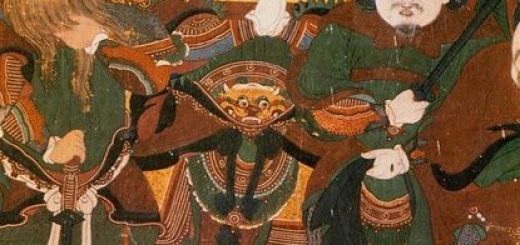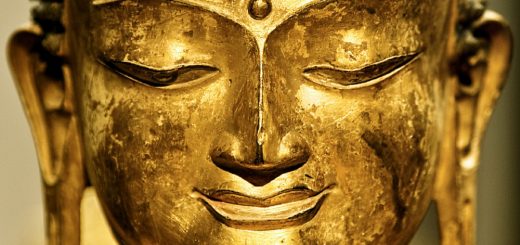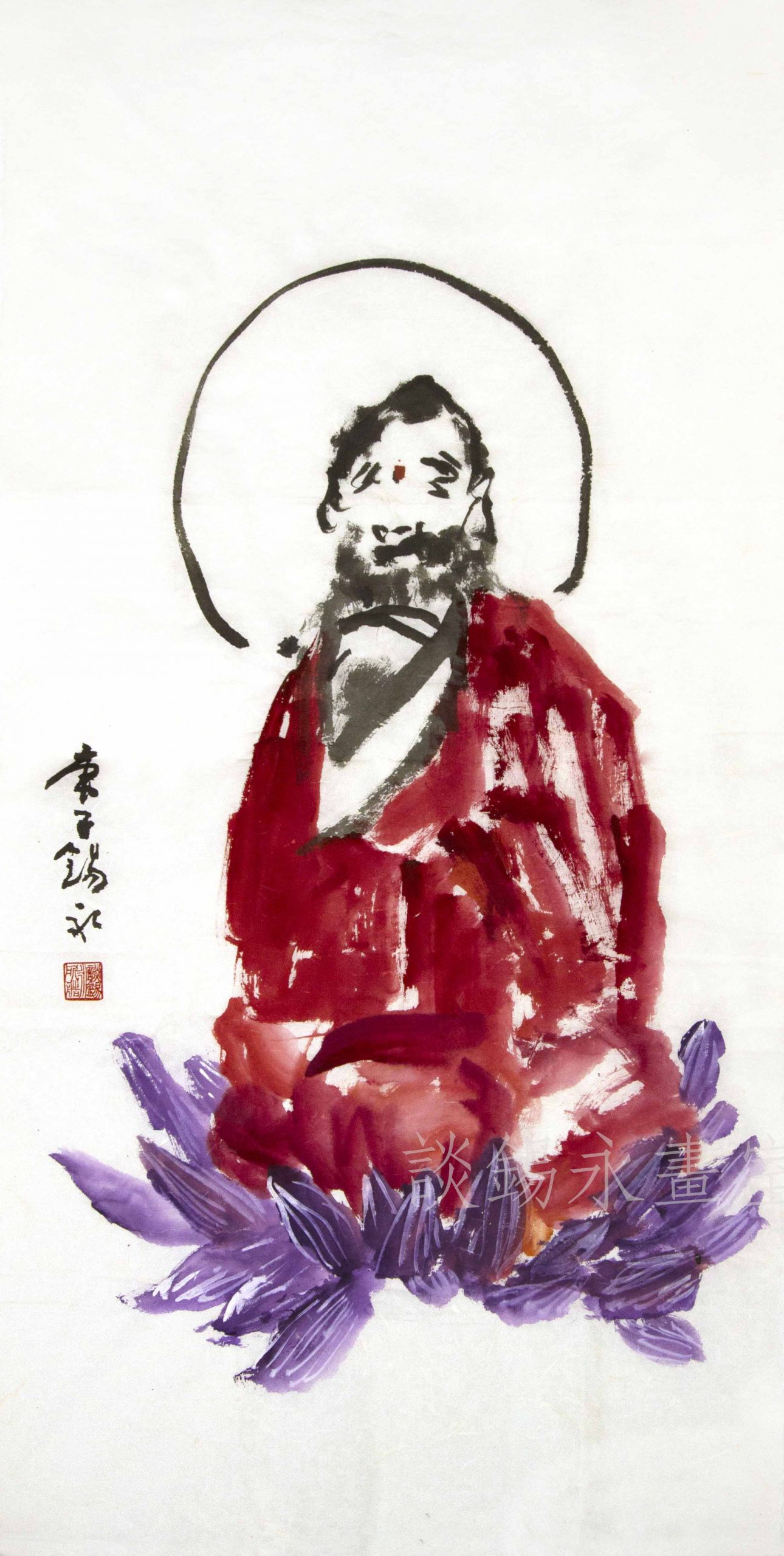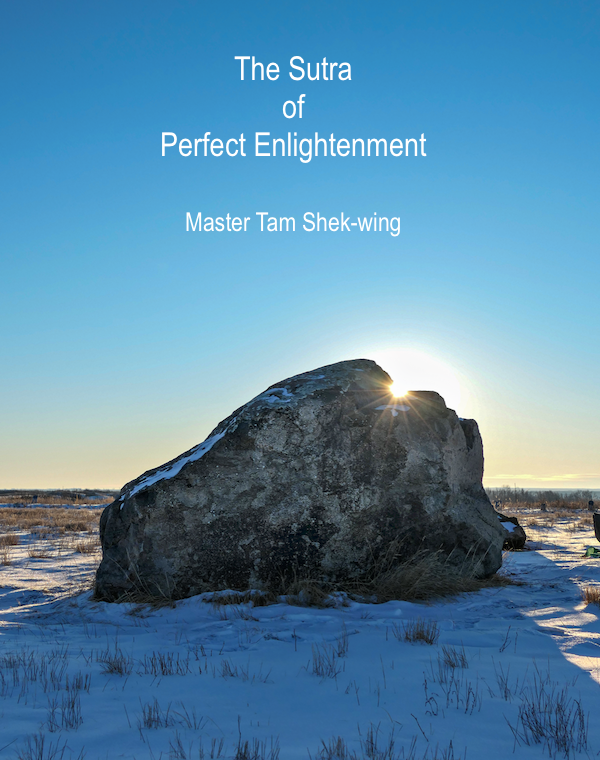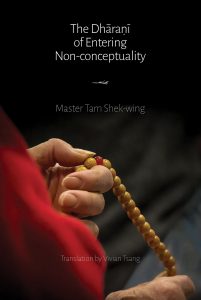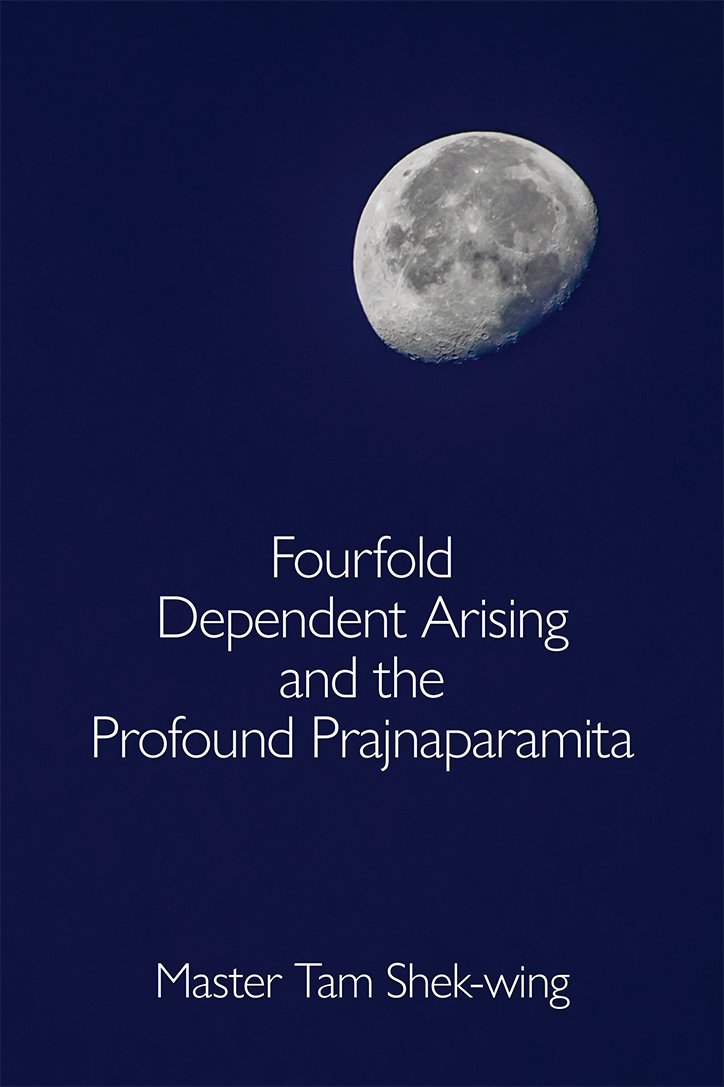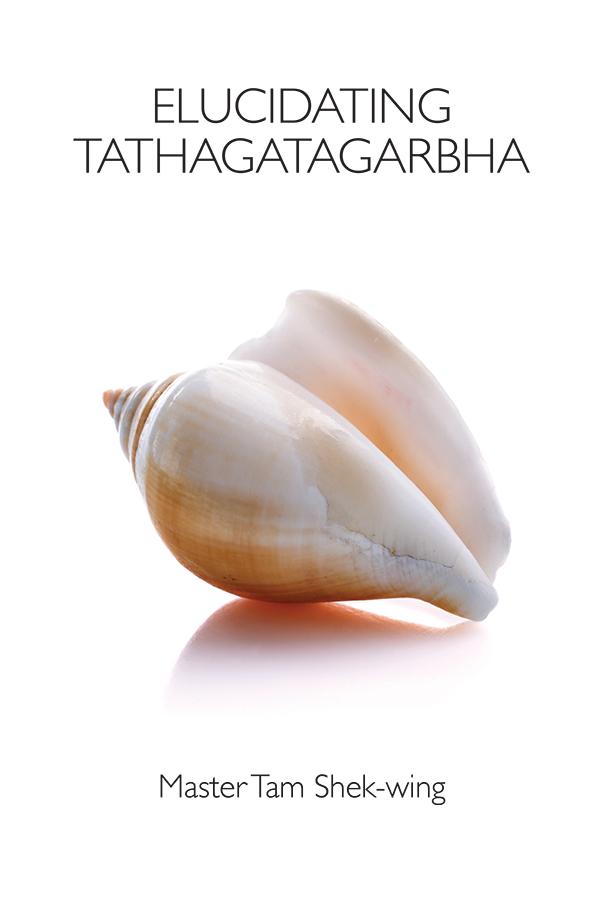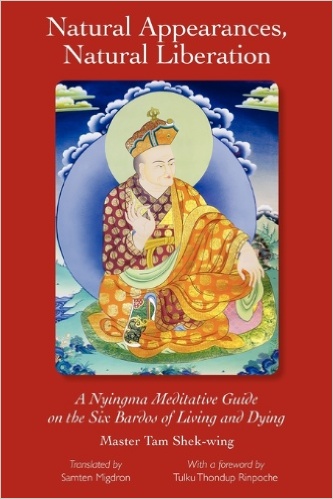Perfect Enlightenment 3: What is the Sūtra of Perfect Enlightenment about?
Translator’s Note: This post is the third post in the series on the Sutra of Perfect Enlightenment, which originally appeared as The Secret Meaning of the Sutra of Perfect Enlightenment, a commentary important aspects on the Buddha-Within and the practice towards perfect enlightenment.
This post is part 3 of 4 of Master Tam’s introduction to the Sutra of Perfect Enlightenment [Part 1, Part 2, Part 4].
What is the Sūtra of Perfect Enlightenment about?
The Sūtra of Enlightenment was once considered the fundamental scriptures for Huayan and Chan traditions of Buddhism. What led to its importance among the two schools? In my opinion, one can approach this scripture through its five titles.
 Śākyamuni himself gave five titles for the scripture:
Śākyamuni himself gave five titles for the scripture:
- the dhāraṇī of maha-vaipulya perfect enlightenment
- the definitive meaning of sutra
- the ultimate secret samādhi
- tathagata’s realm of certainty
- the nature of the Buddha-Within (Tathāgatagarbha)
-
Maha-vaipulya (大方廣) is a Buddhist teaching that is inclusive of the teachings of the three vehicles (Theravada, Bodhisattvayāna, Buddhayāna). “Maha” or great refers to the encapsulation of all three through the teaching of the one vehicle (Buddhayāna), presenting dharmakaya, dharma wisdom, and dharmadhātu, which are one and the same realm, the realm of wisdom realization, thereby there is also the establishment of dharmakaya and dhamadhātu, for the body, wisdom, and realm are non-conceptual and not different. They (dharmakaya, dharma wisdom, and dharmadhātu) are expansive and unobstructed, hence, the label “great.” Vaipulya means correct (方) and vast (廣). Correct refers to the true appearance of one vehicle, of which meditation-observations are the foundation where true awareness arises. Vast refers to the pervasiveness of dharmakaya, the pervasiveness of the virtue of dharmakaya, and the omnipresence of dharmadhātu. This scripture possesses the virtues of greatness, correctness, and vastness, and upon which perfect enlightenment is illustrated, the central theme of this text. Finally, this scripture is a dhāraṇī as the ultimate holder (總持) of the teaching of perfect enlightenment. This title corresponds with the tantra of foundation.
-
The definitive meaning of sūtra implies that this scripture presents the ultimate meaning. Śākyamuni Buddha presented both the ultimate teaching as well as the non-ultimate. The non-ultimate was presented according to words and conceptuality, while the ultimate teaching went according to the secret meaning, which is beyond words. Since this scripture is of the order of the ultimate, our understanding of it should also on the secret meaning. For example, by perfect enlightenment, it could be understood as “the perfection of correct awareness” or “the complete primordial awareness,” but its secret meaning points to the Buddha-Within. When taken at face value, it is easy to be hijacked by the wording “perfect enlightenment,” such that the meaning of the Buddha-Within becomes obscured, something the reader should be mindful of. This title also corresponds with the tantra of foundation.
-
The ultimate secret of samādhi. Samādhi refers to the meditative state, also known as equipoise or equanimity. The secret meditation mentioned in the text is said to be of the ultimate, and thus the ultimate secret (秘密王). So what is the secret samādhi? Whenever the meditation-observation of dharmadhātu is discussed, it is said to be profoundly secret, for this practice departs from the realm of consciousness and conceptuality, entering into the realm of wisdom. The Nyingma teaching has a tradition called “the innermost essence of the secret treasure” (秘密藏心髓), its practice is the direct observation of dharmadhātu. In the section where the practice is discussed, it discusses the practice of the secret samādhi. This title corresponds with the tantra of path.
-
Tathagata’s realm of certainty. Simply said, “unchanging” is the certainty. It is sometimes said to be “immovable” and “without deviation.” In the text where dharmadhātu is discussed, it is also about dharmakaya, and in other words, buddha’s wisdom realization, because the three are no different. This non-difference was discussed in detail by Buddha across many scriptures: for ordinary beings to attain enlightenment, its perfection depends on the direct realization of the non-difference of body, wisdom and realm. Presenting the three and their non-conceptuality/non-difference is the key topic in this scripture. Having said this, there is yet another important point. These days, whenever dharmakaya is discussed, many jump to conclusion, assuming the “primordial entity” as the ramification, not realizing that dharmakaya refers only to the realm of wisdom realization. Once there is a false assumption of the primordial entity, the mess of whether it is emptiness or not, whether dharmakaya exists or not, arises. In turn, the teaching of dharmakaya, dharma wisdom, dharmadhātu becomes maligned as “not taught by Buddha himself.” In their minds, Huayan, Tiantai, Chan, and Vajrayāna traditions should be “cancelled.” (Dōgen’s Shikantaza, “just sit,” carries this connotation.) This is a phenomenon of the latter day of the dharma (sad-dharma-vipralopa). When personalities become more important than the teaching itself (cf. the four reliances), wrong views become popularized. Sadly, the Sūtra of Perfect Enlightenment has become part of this culture.
Since tathagata’s realm of certainty is about arousing awareness on the path of realization, this title also corresponds with the tantra of path.
-
The nature of the Buddha-Within. Here, Buddha finally spoke of Tathāgatagarbha, that this scripture is an illustration of the inherent nature of the Buddha-Within, there is a sense of a concluding summary. Simply, the Buddha-Within is the realm of dharmakaya, the realm of inner wisdom realization. In this realm, the realm of consciousness (the mundane, the worldly) manifests perpetually and naturally. The realm of wisdom in the wisdom realization coalesces with the realm of consciousness (non-duality of wisdom realm and consciousness realm; non-duality of the ultimate bodhicitta and the mundane bodhicitta). This is the Buddha-Within. The Buddha-Within is only a realm. Or as per an earlier title, tathagata’s realm of certainty. The inherent nature of the Buddha-Within is illustrated here. Huayan’s sayings of the dependent arising of the Buddha-Within and the dependent arising of dharmadhātu do not contradict the saying in this scripture. This title corresponds with the tantra of fruition.
